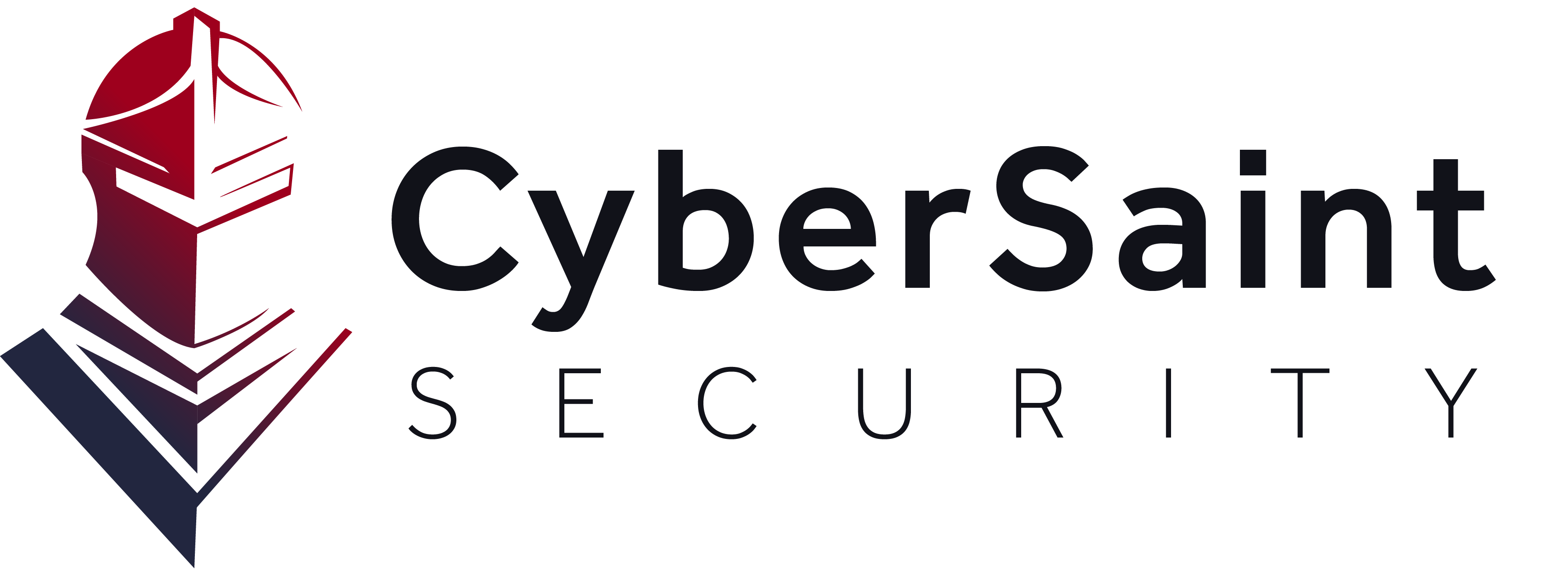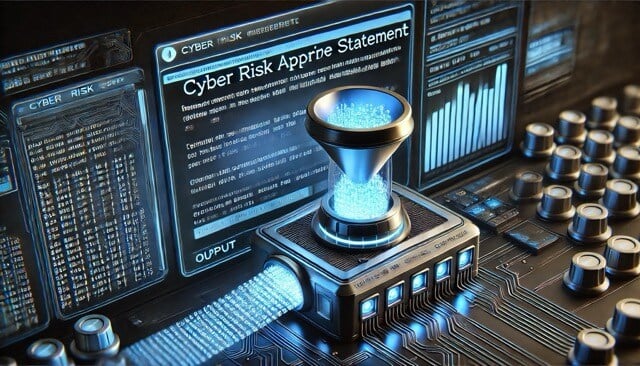The Center for Internet Security (CIS) is a non-profit organization that helps public sectors and private sectors improve their cybersecurity. The organization aims to help small, medium, and large organizations defend themselves against cyber threats and create an unbreakable cyber defense.
The CIS has four program divisions to strengthen cyber defenses and fortify global internet security. These compliance programs benefit businesses of all sizes and industries.
[INDUSTRY UPDATE: In response to the changing technology, work, and threat landscape, The Center for Internet Security (CIS) has launched CIS Controls v8. This update now has 18 key controls with 153 safeguards and addresses cloud and mobile technologies.]
What Is The Importance Of CIS (Center for Internet Security) Framework?
The CIS developed its configuration policy benchmarks (CPB), essential instructions that help organizations improve their cyber security and create compliance programs. Leading organizations like the National Institute of Standards and Technology (NIST), a US federal agency, recommend CIS protocols and frameworks to organizations.
CIS provides numerous protocols, which are known as CIS controls. The CIS board reviews and updates these controls periodically to create CIS controls for effective cyber defense.
CIS regulations provide a detailed instruction guide and standards for securing various software, ports, protocols, and services. The benchmark set by CIS emphasizes securing software and hardware on laptops, workstations, servers, and mobile devices, all of which are vulnerable to cyber-attacks.
What are the Goals of the CIS Controls?
The primary goal of CIS benchmarks is to minimize the risk of cyber attacks. The controls protect sensitive information and valuable data from being compromised. The benchmarks assist security teams in strengthening the confidentiality of the information available on your networks, devices, and software.
CIS critical security controls do not interfere with your company policies or interrupt the standard procedure of your company's operations and policies.
How to Get Started with CIS Framework?
We all want to protect our businesses or organizations from common attacks. It can be frustrating not knowing where to start. Implementing the CIS's top 20 critical security controls for effective cyber defense reduces the risk of cyberattack by 85%. CIS controls 20 practices, which help organizations improve their maintenance, monitoring, and analysis of risk and security. For beginners, the CIS top 20 is an effective model to start in the beginning.
Implementing CIS For Immature Security Posture
Businesses and organizations with undefined security protocols are at high risk of cyber-attacks. However, they can follow the CIS's top 20 protocols to protect their cybersecurity interest. Aligning businesses confused about implementing the 20 protocols is simple. They can easily apply the protocols with three simple steps.
-
Identify Your Area Of Needs
Before implementing any model, we must first identify the area of need. Implementing in the wrong place is not fruitful. You also need to analyze your company's security environment. This includes what type of hardware and software you are using and how they are connected. You also have to look at the access given within your organization.
-
Prioritize The Areas Of Implementation
Your organization's digital structure has many blind spots. Some areas have more threats than others. You have to identify the high-risk ones and start implementing the CIS models first.
-
Implementation
Implementation is executing the measures you have taken to apply them to the need areas. It is not limited to just performing the actions but also includes continuous monitoring and reviewing the related security measures.
What are the CIS Top 20 Controls?
The CIS top 20 is a set of 20 controls to improve the security of your data and defend it from cyberattacks. You can read a breakdown of the CIS top 20 controls here.
What Are The Advantages Of CIS Over Other Frameworks?
The CIS framework is simpler to understand and implement than the NIST CSF. Other frameworks, like NIST, are federal compliance structures that are more complex in their implementation and scope. Frameworks like ISO 27001 are more suited for large enterprises and corporations.
CIS framework works to educate you on the risks and consequences of cyber attacks and then provides a step-by-step guide on how to improve web browser protections, data recovery capabilities, and cyber risk management.
What is the Difference Between CIS and NIST?
There is no reason to replace other frameworks with the CIS security model. Models like the NIST Cybersecurity Framework (CSF) can complement the CIS frameworks. Other frameworks like ISO 27001 and NERC are reliable and widely used cybersecurity frameworks.
CIS vs. NIST
NIST is a United States Federal non-regulatory department responsible for helping businesses of all sizes protect themselves from cyber-attacks and protect their data. CIS is a non-profit organization with similar goals to NIST to protect organizations from cyber-attacks and prepare them to repel any possible cyber-attacks.
CIS and NIST use different criteria to measure organizations. The core objective is the same; however, CIS cybersecurity compliance is related to other cybersecurity standards. Implementing CIS critical security controls means aligning with NIST, too.
Choosing the Best Framework for Your Organization
Two types of organizations adopt cybersecurity frameworks: those that don't have any and those willing to mature their existing framework.
It is up to the organization to select the best framework for its business model. Remember, cybersecurity does not impede business growth—rather, it propels growth and ensures business continuity. Due to its flexibility, the CIS framework is better suited for non-government organizations and small businesses. For organizations that have greater resources at their disposal, NIST is better.
However, implementing different frameworks is more effective when done simultaneously, but there is always room for improvement. Run periodic cyber risk assessments to determine potential vulnerabilities - cybersecurity and risk management are continuous.
What are CIS Implementation Groups?
The CIS implementation groups (IG) are guidelines recommended to encourage the implementation of CIS controls. IGs are categorized into three groups: IG1, IG2, and IG3. Their purpose is to assist organizations of every size.
What Threats Does CIS Protect Your Organization Against?
CIS protects you from the following threats.
- Identity theft
- Malware attacks.
- Intellectual Property theft.
- Corporate espionage.
- Data breach
- Data loss.
- Distributed Denial of Service (DDOS)
- Ransomware
- Trojan Horse
How Does An Enterprise Justify The Cost Of CIS?
There is a cost to everything. An organization can face losses on data breaches, audits, updating systems, configuring plans, and costs associated with data loss. Implementing CIS benchmarks is better to avoid significant financial and data losses.
Effectively Manage Cyber Risk with CIS
Cybersecurity is essential for businesses of every industry and size. NIST and CIS cybersecurity frameworks have made implementing security measures easy and effective. These models protect the organization's sensitive data and intellectual properties.
The CyberStrong platform can streamline and automate your compliance process with CIS and multiple other frameworks, such as NIST CSF and ISO 27001. Learn more about our all-in-one compliance and cyber risk management platform here.











